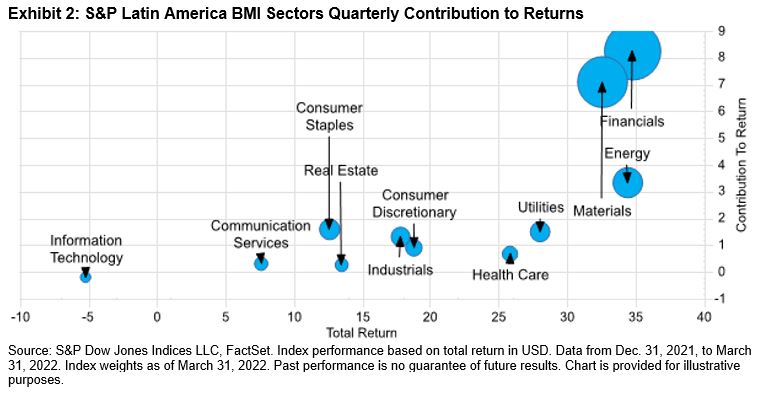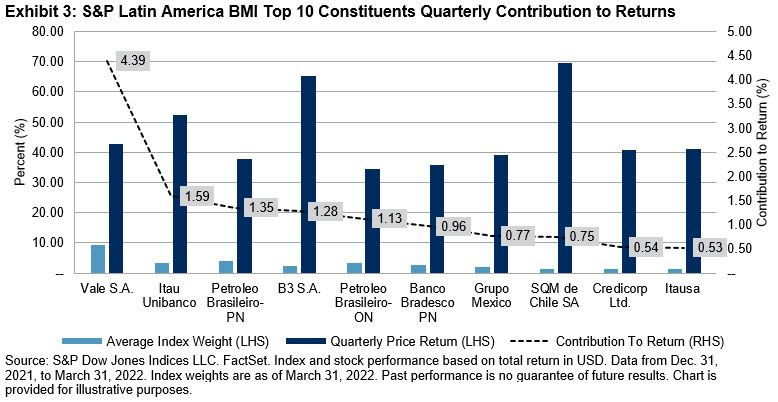S&P Dow Jones Indices annually publishes an in-depth report that examines ETF usage within insurance general account portfolios, leveraging the Schedule D data from annual insurance company filings. Following a generally consistent upward trend, from 2019 to 2020, U.S. insurance companies increased their ETF AUM by 18% to USD 36.9 billion.1 An early look at 2021 data suggests this upward trend will continue.

Nuances in the reporting process make it challenging to cover the entire insurance universe at the time of publication. When we analyzed the use of ETFs in insurance general accounts in May 2021, the data available for the insurance industry was mostly complete—with 98.6% of companies reporting.2 As we begin the 2022 analysis, which examines 2021 data, the incomplete 2020 data now automatically captures late filings. As a result, when we publish the forthcoming report examining 2021 ETF usage, the 2020 data we cite as a point of comparison will be slightly different than what we reported last year. For transparency and completeness, we highlight those differences below.


Of note, P&C companies reported USD 1.8 billion in ETF investments.
We will publish the analysis of insurance ETF holdings, as of 2021 year-end, at the end of May. Subscribe to be notified when the report becomes available.
1 As of May 2021, when the report was published.
2 See Appendix 1.1 of “ETFs in Insurance General Accounts – 2021”
The posts on this blog are opinions, not advice. Please read our Disclaimers.























































